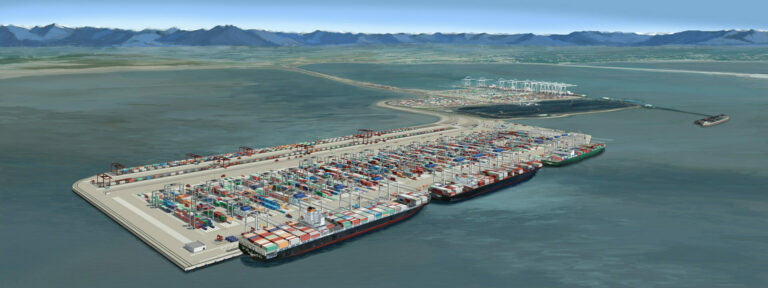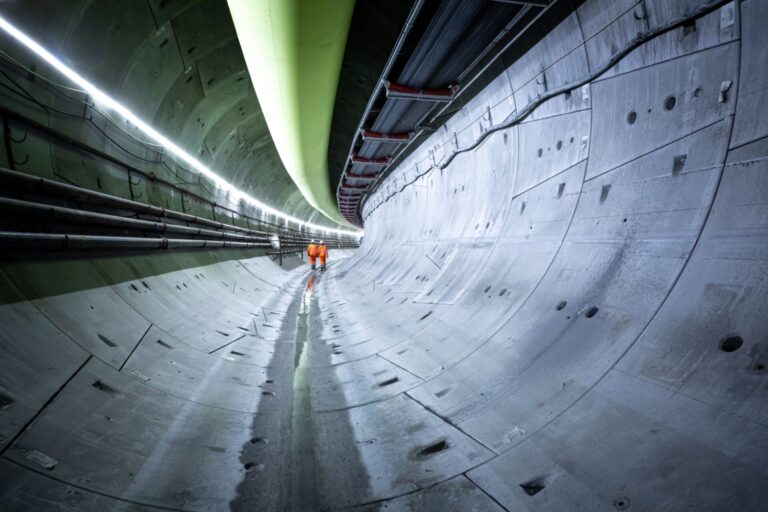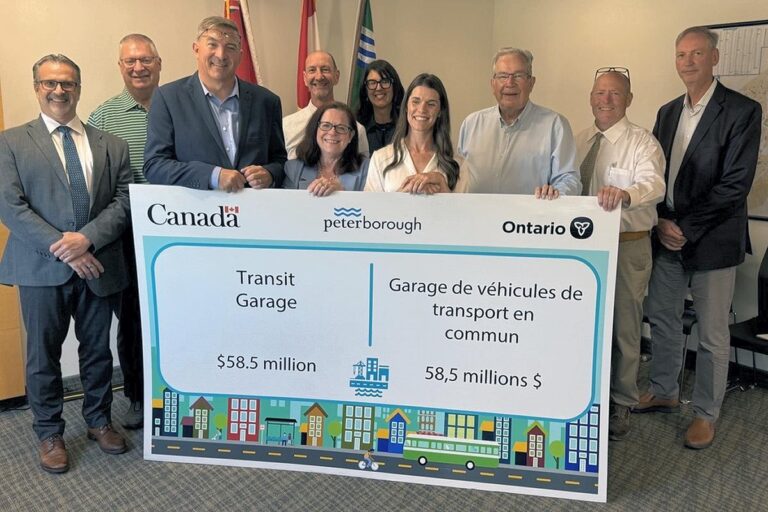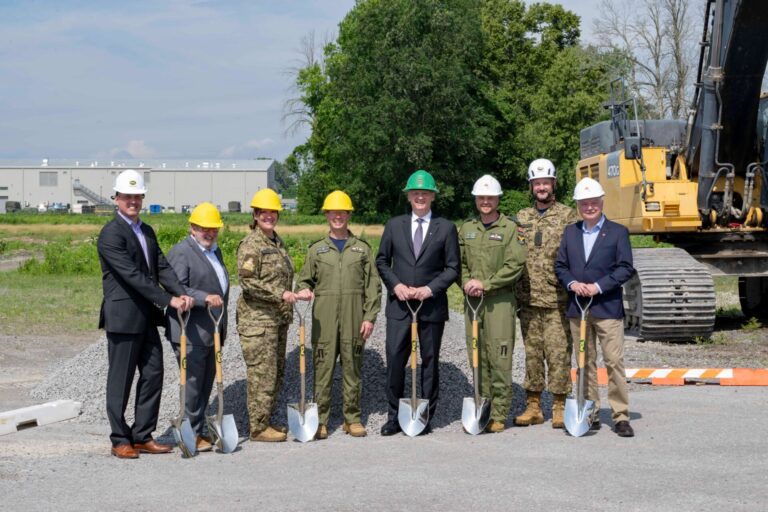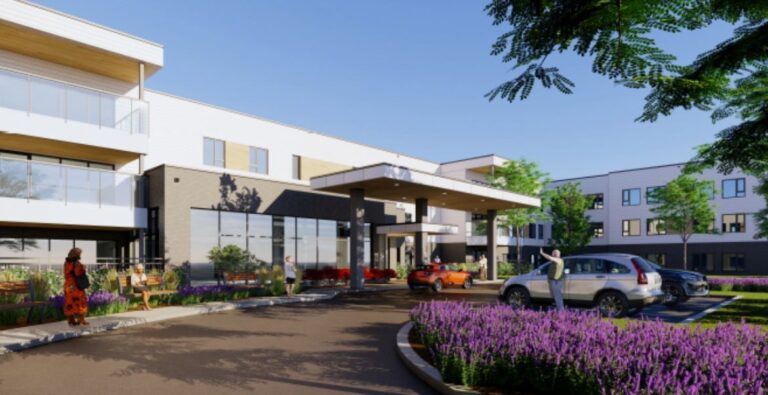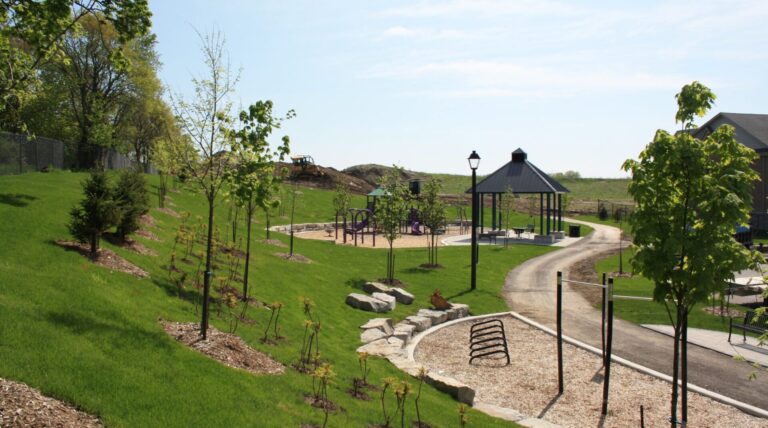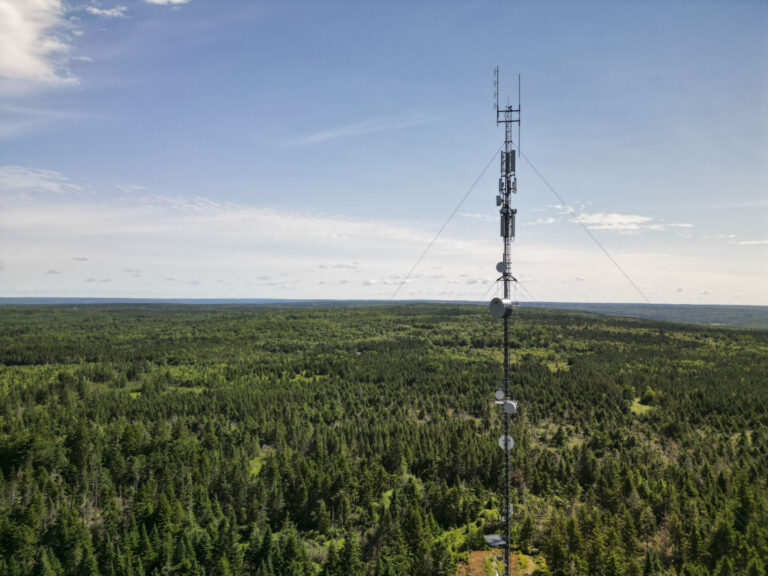By John Allen
After a 2019 election that saw Justin Trudeau’s Liberal party form a minority government, the Prime Minister sent Canadians back to the polls hoping to capitalize on a bounce in the vote from his government’s handling of the COVID pandemic. Going into the election a significant poll lead vanished, with pollsters anticipating another minority government led by either the Liberals or Progressive Conservatives. Infrastructure looms large in the party platforms as way to drive economic growth, unlock housing, meet climate goals, and as a means to support reconciliation with indigenous communities.
Subsequent Conservative and Liberal governments have been ramping up infrastructure spending with $180 billion now committed by the federal government over twelve years from 2016. The provinces and municipalities too have sizeable commitments. Infrastructure investment is seen as a central plank of Canada’s economic recovery. Reassuringly the party platforms emphasize the importance of maintaining infrastructure investment. A positive sign that the wider benefits of investing in infrastructure are recognized across party lines and a shift from the days when efforts to balance budgets saw big cuts to infrastructure spending, often with major consequences for the state of repair of public roads, schools, hospitals, and water and sewage systems.
Political Focus
Across political platforms there were common themes relating to tackling climate change and transitioning energy systems and transportation, unlocking a greater supply of affordable housing, improving infrastructure for indigenous communities, and investing in transit. Each party is also looking to leverage procurement to boost local industries with a focus on supporting the decarbonization of local aluminium, steel, and cement production.
Canada is seeing unprecedented investments in transit with rail projects in almost every major city. Encouragingly the other parties have largely committed to the major projects already in planning. There is also alignment on a transition towards electric and hydrogen powered vehicles with a mixture of policies and investments. There is also a clear ambition across parties to decarbonize the electricity grid using a variety of levers and approaches available to government. Many provinces already have clean grids powered by hydro dams, nuclear, or other renewables, but some still have coal burning power plants that are being phased out to help meet Canada’s climate commitments.
The long running issue of access to drinking water and quality housing for Indigenous communities remains a priority for all parties, with disparities of how to enable change. The Conservatives have focused on economic empowerment, enabling communities to invest in projects that can provide jobs and economic sustainability, as well as working with communities to find new solutions around drinking water. The Liberals have committed $6 billion for clean water and $2 billion for housing. The NDP has promised equal funding for services as part of a wider action plan for reconciliation.
On the financing front the Canada Infrastructure Bank’s future remains in the balance with both the Conservatives and NDP pledging to abolish it. The bank was established by the Liberals following their election in 2015 and had started to gain momentum in the last two years with an increasing number of projects being announced. The Conservatives pledge to reintroduce the previous approach built around public-private partnerships and the creation if a Canadian Indigenous Enterprise Corporation to invest in natural resource and infrastructure projects. The NDP proposes the introduction of a community-driven climate bank.
Changing the Discourse for Future Elections
It came too late for this election, but in March 2021 Infrastructure Minister Catherine McKenna initiated a National Infrastructure Assessment. The results of an initial consultation pointed the way to the establishment of a new independent body to advise on long term planning and prioritization modelled on similar organizations in Australia and the UK. The assessment was a significant step towards providing greater certainty around long-term infrastructure planning given the need to get alignment across federal, provincial and municipal levels of government presenting heightened project risk around election cycles.
The positions of the parties around infrastructure points to a recognition that voters want to see continuity of plans and infrastructure delivered quickly to benefits their daily lives, not a collection of new project ideas and project cancellations. With infrastructure planning cycles for major projects lasting longer than election cycles the National Infrastructure Assessment would help to reduce some of the project risk caused by changing political priorities. The assessment will give a basis of evidence that can better inform parties going into elections, and help to ensure that governments get greater value from their investments. As important as the assessment is for industry, it is not something that would inspire voters so it is not something the other parties have been vocal about, although their silence may point to them considering it a good idea and something they could take forward.
Party platform summaries:
Liberal Party of Canada
- Overall: Develop climate toolkits to help owners and investors to develop projects to support net zero goal. Create a new infrastructure and innovation fund.
- Transport and transit: Accelerate major public transit projects and support switch to zero emission buses and active transportation. 50,000 new electric vehicle chargers and hydrogen stations and funding for buildings to install chargers. Electrify government fleet by 2030.
- Energy: Create a Clean Electricity Standard and a Pan-Canadian Grid Council to promote investments in smart grids, grid integration, and innovation.
- Social and housing: Commitment to build 1.4 million new homes with $4 billion Housing Accelerator Fund, establish inclusionary zoning bylaws, invest in e-permitting to streamline processes. Launch a Net-zero Emissions Building Strategy to reach net zero emissions from buildings by 2050 with a net-zero building code for 2025 adoption, transition from fossil-fuel based heating and develop Low-Carbon Building Materials Innovation Hub.
- Financing and procurement: Incentives for procurement of Canadian clean technologies and a Buy Clean Strategy to support use of low-carbon products in infrastructure projects. Working with provinces and territories to develop flood maps and work with insurers to identify cost effective ways to protect communities.
Conservative Party of Canada
- Overall: Reprioritize investment of Federal funding to areas that promote economic growth. Streamline application process for infrastructure funding and provide more flexibility to municipalities and First Nations. Fast track approvals for emissions-reducing projects and incorporating a climate mitigation and adaptation lens to investments.
- Transport and transit: renewed commitment to major transit projects in major cities, switch to electric and hydrogen powered vehicles.
- Energy: Launch a National Energy Strategy, leveraging carbon capture, transmission infrastructure, small modular reactors, renewable fuels, and hydrogen in particular, and support the development of critical minerals and LNG export.
- Social and housing: Build one million homes in three years, require municipalities receiving money for public transit to increase density nearby, develop building codes and standards to support net zero goals for new builds and retrofits.
- Financing and procurement: Committed to scrapping the Canada Infrastructure Bank and switch back to previous approach of leveraging public-private partnerships, and create a Canadian Indigenous Enterprise Corporation to invest in projects. Create a pan-Canadian low carbon aluminum purchasing policy and that equipment and materials for federally funded projects be purchased from Canada or countries with equal access.
New Democratic Party of Canada
- Overall: Using Community Benefit Agreements to ensure investments create jobs, training, apprenticeships and support local businesses. Support for communities adapting infrastructure to be resilient.
- Transport and transit: Permanently doubling the Canada Community-Building Fund for transit with a focus on low emissions buses and electric trains, support move to fare-free transit and affordable inter-city bus program. 100% of all new car sales zero emission by 2035.
- Energy: Set a target of net carbon-free electricity by 2030 and 100% non-emitting electricity by 2040. Support local manufacturing for batteries, energy storage and biofuels from waste.
- Social and housing: create 500,000 affordable housing units of 10 years, energy efficient retrofits for all buildings by 2050 and improvements to building code to make every new building net zero by 2025.
- Financing and procurement: Scrap the Canada Infrastructure Bank, and create a Climate Bank with a focus on community ownership. Require use of Canadian steel, aluminum, cement and wood for infrastructure projects.
John Allen is a vice president at Global Public Affairs in Toronto.




